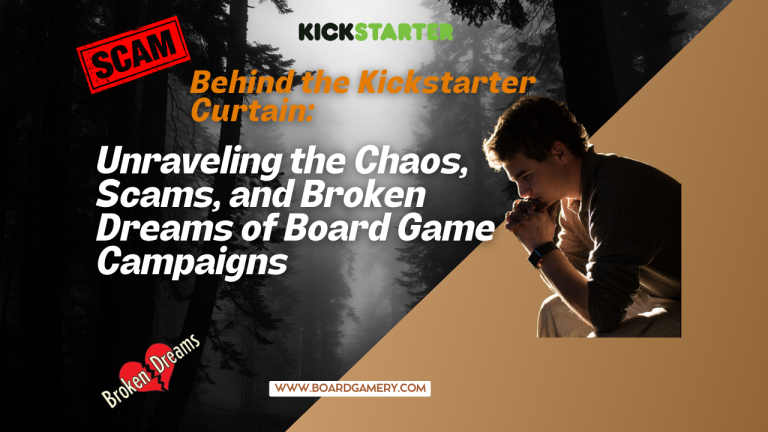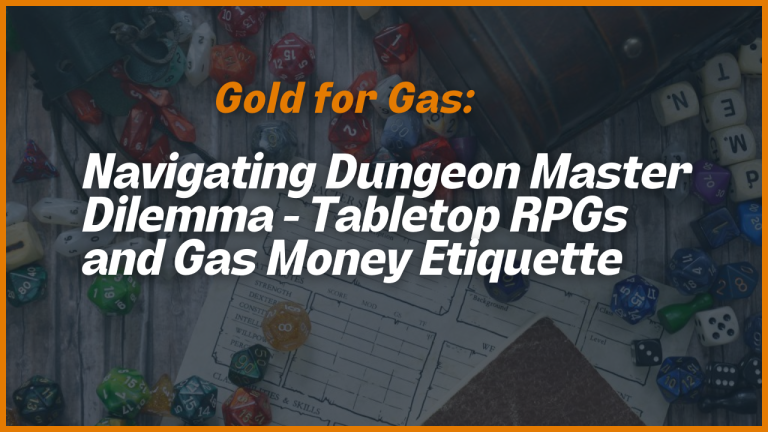Crowdfunding Conundrums: Board Game Edition
The Curious World of Crowdfunding Conundrums
Ah, crowdfunding. You know, the place where dreams come true, where innovations are born, and where the word “all-in” means… well, who knows, really? I’ve noticed some perplexing and occasionally hilarious trends in the crowdfunding world lately, and I’m here to dissect, deconstruct, and definitely not overthink these oddities.
Buckle up, folks – things are about to get weirdly specific.
When “All-In” Doesn’t Mean, You Know, All
As an avid crowdfunder, it’s happened to me more than once: I see an all-in pledge for a cool new game, and I’m sold. Then, when my shiny new acquisition arrives, I find to my dismay that I’m short a certain paperboy mini figurine. I’m not naming any names here, cough Scarface 1920 cough, but this isn’t the first time “all-in” has failed to deliver on, well, everything. More on this later, and seriously, if you want to sell me a paperboy, hit me up!
Premium Components Without a Home
Again, let’s turn to my obsession with Scarface 1920 as an example. I’m in love with all the upgraded components in this game, really. But why, oh why, do the Gametrayz fit the standard pieces perfectly, but not my spruced-up cash? Apparently, my beautiful upgraded money is destined to live in some flimsy bag. It’s like giving me the keys to a Lamborghini and telling me to park it on the street.

| Rating | 8.2 |
| For Players | 1-4 |
| Time Duration | 90-150 Mins |
| For Age | 14+ |
Two’s Company, but Premium’s a Crowd?
While we’re on the topic of both standard and premium components coexisting, I’d like to know why I even need the standard ones if I’ve got the fancier versions. At this point, I have a dedicated storage bin for standard components I never plan to use, nestled right by my impressive collection of 9,000 ziplock bags. I understand that there’s probably some logical business reason for it, but still. It feels wasteful.

Premium Upgrades Without Backup
On the flip side, I’ve got some questions about games that include premium components but don’t offer their standard counterparts. For example, I recently received the game Distilled, which has a premium market but no board for it. Meanwhile, the less fancy market has a board. It seems a bit backward, don’t you think?
When the Name’s Not the Game
In conclusion, I’m not alone in my crowdfunding confusion. The “all-in” pledge name is a prime example: it’s clear that it doesn’t always mean the same thing in two campaigns. I think it’s high time we establish some crowdfunding standards to ensure that pledge names accurately reflect the contents. Until then, I’ll be over here puzzling over my ever-growing collection of game components, both useful and otherwise.
What about you, dear reader? Have you encountered any strange trends or conundrums in your crowdfunding adventures? Let me know in the comments, and together we’ll continue to navigate the beautiful and bewildering world of crowdfunding. Who knows what mysteries await us in the next campaign?






